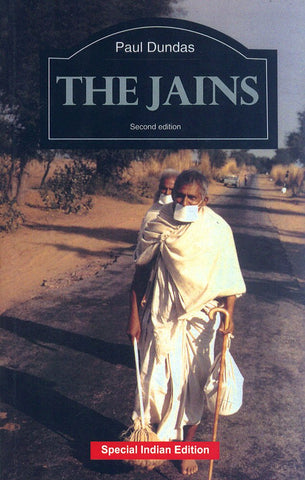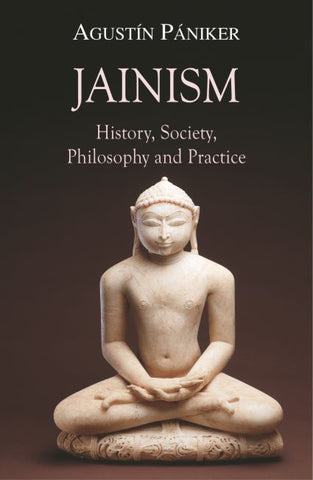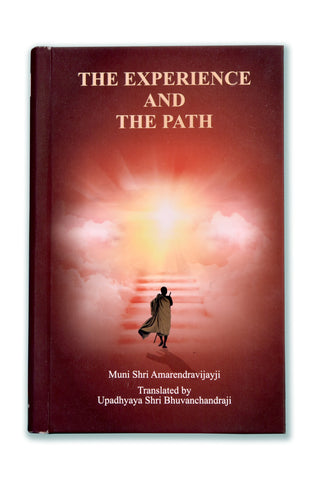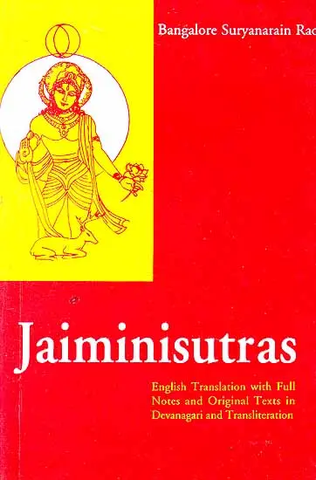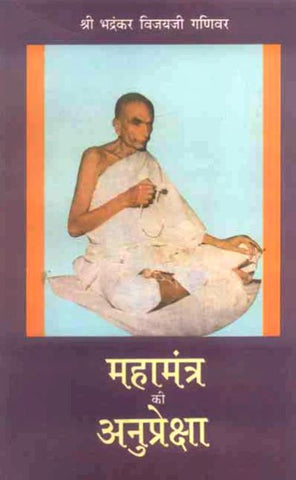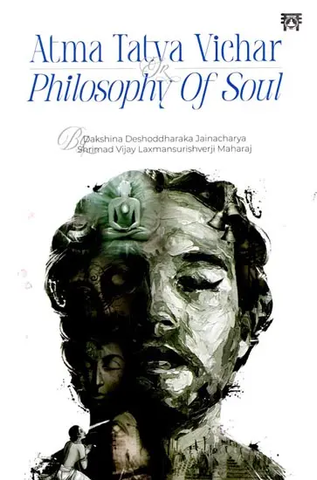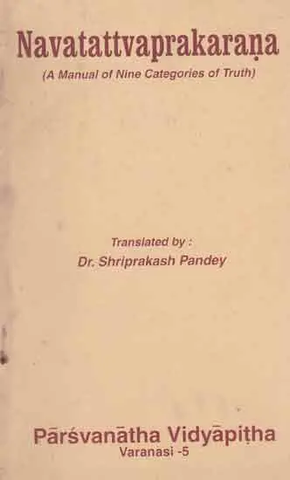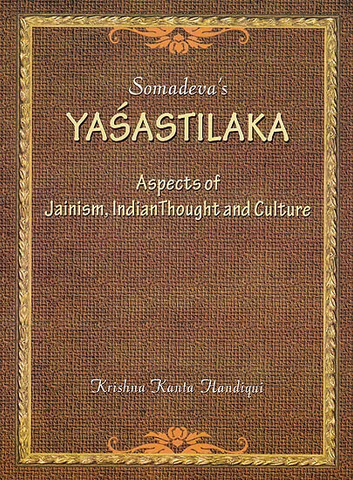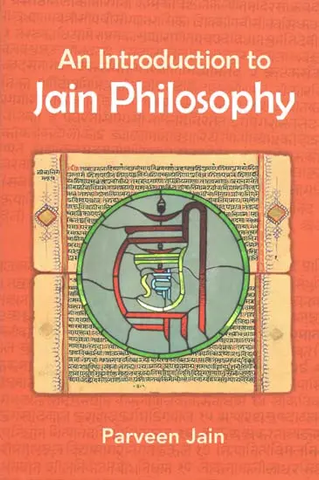Your cart is empty now.
Harmless Souls considers doctrinal change and its implication for religious practice in early Jainism. It focuses on evolving views about the conditions necessary for karmic bondage and the liberation of embodied souls, as described in parts of the early Svetamhara canon, Umasvati's Tattvartha Sutra, and the major works of Kundakunda. Particular attention is paid to the roles that knowledge and self-realisation play on Kundakunda's path to liberation.
The strategies used to preserve ascetic discipline when faced by the challenge of this emphasis on gnosis are explored in the light of various interpretations of Kundakunda's 'two truths' doctrine. It is concluded that, although significant doctrinal changes do take place, these are not permitted to affect Jaina practice, for it is just such ascetic practice which constitutes and preserves the distinctive religious and social identity of the Jaina community.
Will Johnson was educated at the University of Sussex and Wolfson College, Oxford, where he was Michael Coulson Research Fellow in Indology from 1991 to 1992. He is now Lecturer in Religious Studies at the University of Wales, Cardiff. He is currently working on a book on Jaina art, and a translation of the Sauptikaparvan of the Maltabluirata. He has recently published a new transla-tion of the Bhagavad Cita.
This book is a revised version of my thesis, 'The Problem of Bondage in Selected Early Jaina Texts', approved for the D.Phil. degree at Oxford University in 1990. I am grateful to Wolfson College, Oxford, where the original thesis was written, for electing me Michael Coulson Research Fellow in Indology from 1991-1992, thus enabling me to begin work on the revised version.
I am also most grateful for the support of the Boden Fund, without which I would have been unable to complete the original thesis, and which also made a grant towards the cost of producing the typescript. The Bhogilal Leherchand Institute of Indology, Delhi, provided me with a research scholarship to study in their library during the early stages of revision in 1990. I take this opportunity to thank Mr. Narendra Prakash Jain of Motilal Banarsidass, Mr. Raj Kumar Jain, and the administrators and staff of the Institute for their hospitality. My intellectual and academic debts are many - to Alan Williams and Partha Mitter, who encouraged me as an undergraduate at Sussex to believe I could go on to do research, to Jim Benson who taught me elementary Sanskrit so intensively, and to Alexis Sanderson who taught me more Sanskrit and gave generous advice on many subjects.
I should also like to thank the examiners of the thesis, Friedhelm Hardy and Roy Norman for their criticisms and suggestions, which I have attempted to incorporate into the revised version. My principal and overriding debt is to Richard Gombrich; who taught me Prakrit and gave me a level of encouragement, advice and support far in excess of the most rigorous standards of professorial responsibility. I could not have hoped for a better supervisor or to have worked under a more inspiring scholar.
My greatest personal debt is to my wife, Patricia, who has more than once suspended her own academic work to enable me to press on with mine. To her, and to our soon, Jonathan, I dedicate this book.
The ascetic practices of early Jainism are conditioned by three different but intertwined concepts or beliefs. First, that virtually all matter is alive, in the sense of containing life-monads or souls. Second, that doing harm to living beings is wrong. Third, that actions inevitably have results which affect the future condition and future births of the actor.
If souls (jiva) are ubiquitous, then it is clearly very difficult to do any action at all without harming them. Such harming action (himsa) is believed to result in karmic bondage; that is to say, the soul is invaded and weighted down by subtle matter which ensures that at death the jiva is reborn in this or another world (samsara), rather than rising to a state of liberation and omniscience at the top of the universe. Consequently, the more harm one does, the heavier the bondage and the worse the rebirth. In short, according to these beliefs, an ordinarily active life in the world will almost inevitably involve too much himsc7, and therefore bondage, for the actor to have any realistic hope of even a good rebirth, let alone liberation. On the other hand, to avoid such bondage, it is essential to observe the vow of non-injury (ahirpsa) towards all creatures. The central concern of Jaina practice, therefore, is to establish a means of conducting oneself which (ideally) entails no hirpsa and thus no further bondage. (An important secondary concern is, of course, to get rid of the karma one has already accumulated.) Given the above conditions, this is clearly a very difficult undertaking, requiring special, ascetic restraints. It is particularly problematical for ordinary householders; in fact, prima facie, 'lay Jainism' would seem to be a contradiction in terms.
But Jainism did develop as a religion, as opposed to a personal soteriology - a religion which acquired lay followers and then (numerically, at least) came to be dominated by them. Therefore, it is my purpose in the first part of this work to consider the manner in which this religion developed, and I shall do so by examining both the ways in which the needs and circumstances of the laity were reconciled (in so far as they were) with early, purely ascetic doctrines, and the further problems to which such an enterprise inevitably gave rise. The first textual synthesis of Jaina doctrine, Umasvati's Tattvartha Sutra, attempts just such a reconciliation of ascetic and lay concerns. It does so, as we shall see, through a mixture of doctrinal reformulation, doctrinal rejuxtaposition, and doctrinal expansion. Crucial to the new synthesis is the postulation and development of a proper (i.e. technical) doctrine of the mechanism of bondage. That is to say, the way in which karmic matter is attracted and bound to the soul is precisely delineated for the first time.
This, however, gives rise to some internal contradictions: the new doctrine is apparently incompatible with certain aspects of canonical teaching. But it is precisely through the examination of these contradictions that it becomes possible to infer what is significantly new about the Tattvcrtha Sutra's mechanism of bondage. (For the content of that canonical teaching, and the ascetic practices which are founded on it, I shall refer to the earliest parts of the Svetambara canon, contrasting the doctrines found there with their reformulation and transformation in the Tattvartha Sutra.)
In short, by examining the question of what is perceived to be the immediate cause of bondage, and considering how the answer changes throughout Jainism's early history, it is possible to chart the way in which the religion grew beyond the extreme asceticism of its roots and delineate some of the incompletely resolved tensions to which that growth gave rise. The ways in which apparently insuperable theoretical contradictions are overcome, or evaded, in the actual practice of ascetics and Laity, will be discussed in the conclusions to Part I.
Sample Pages
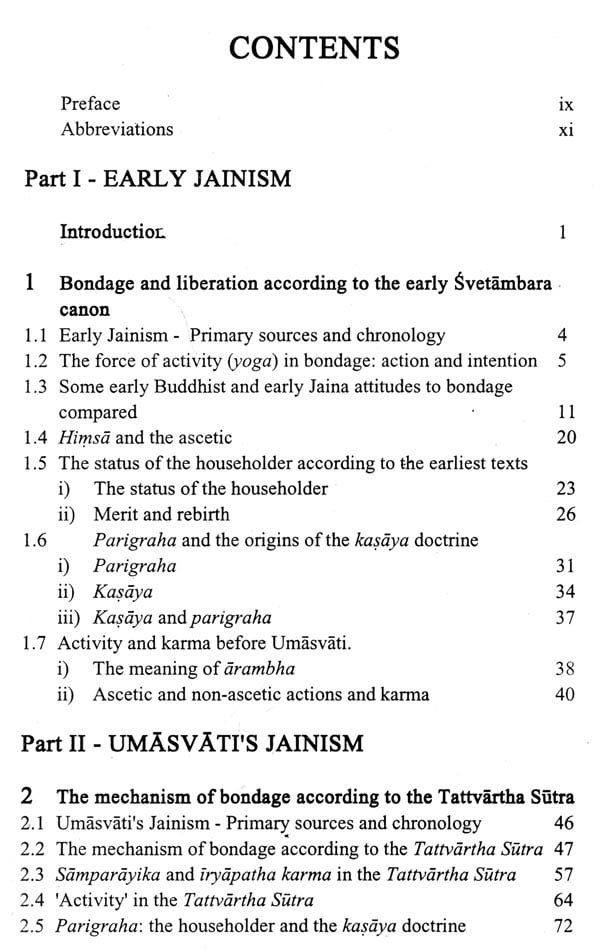
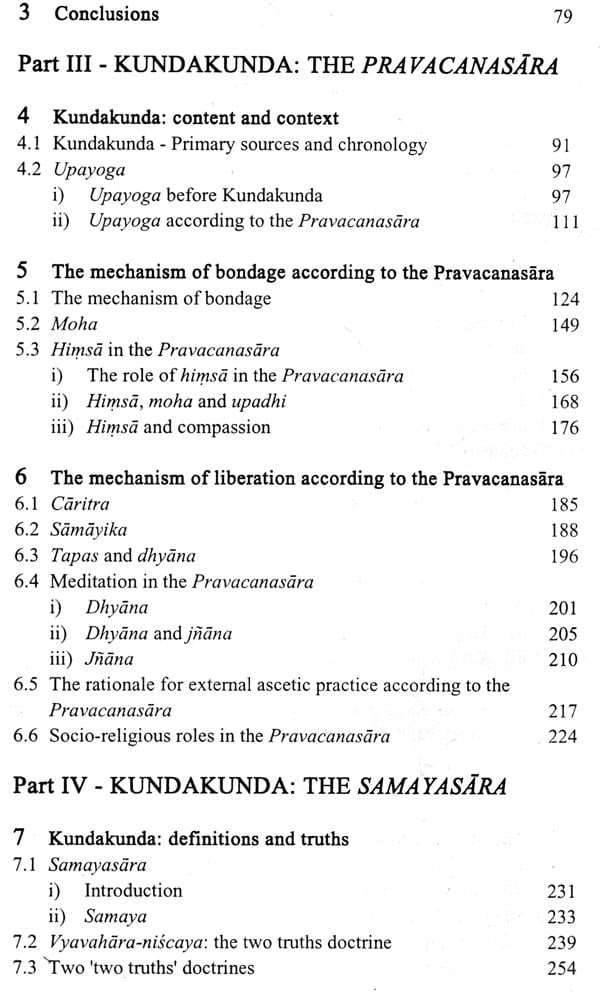
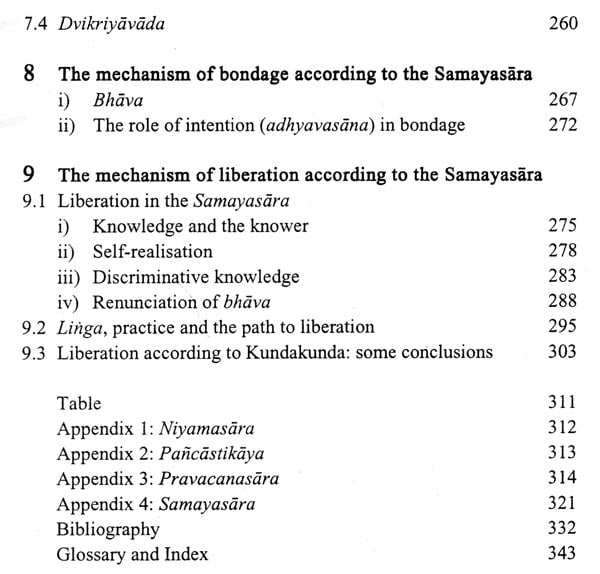


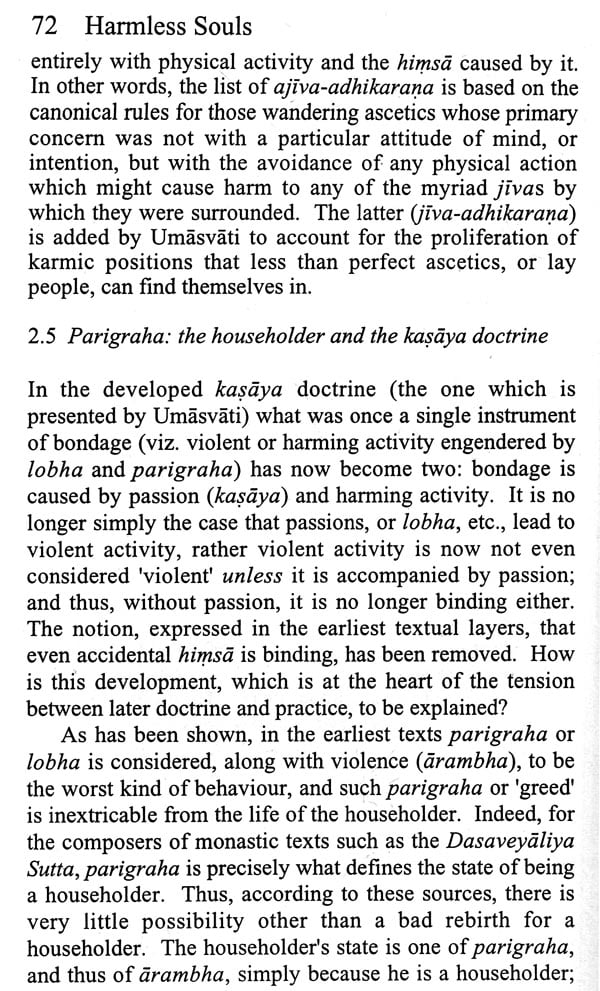

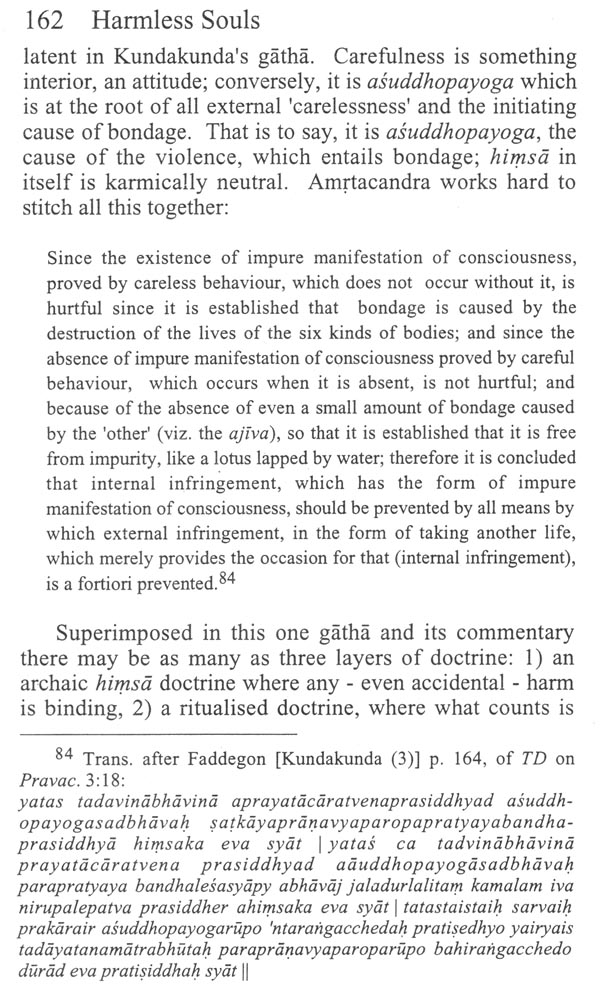
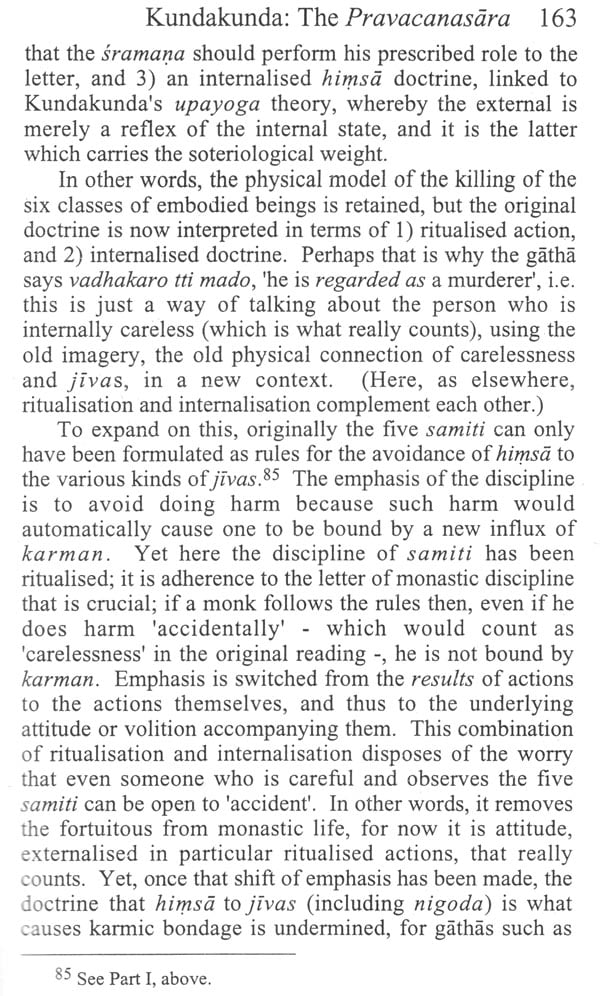
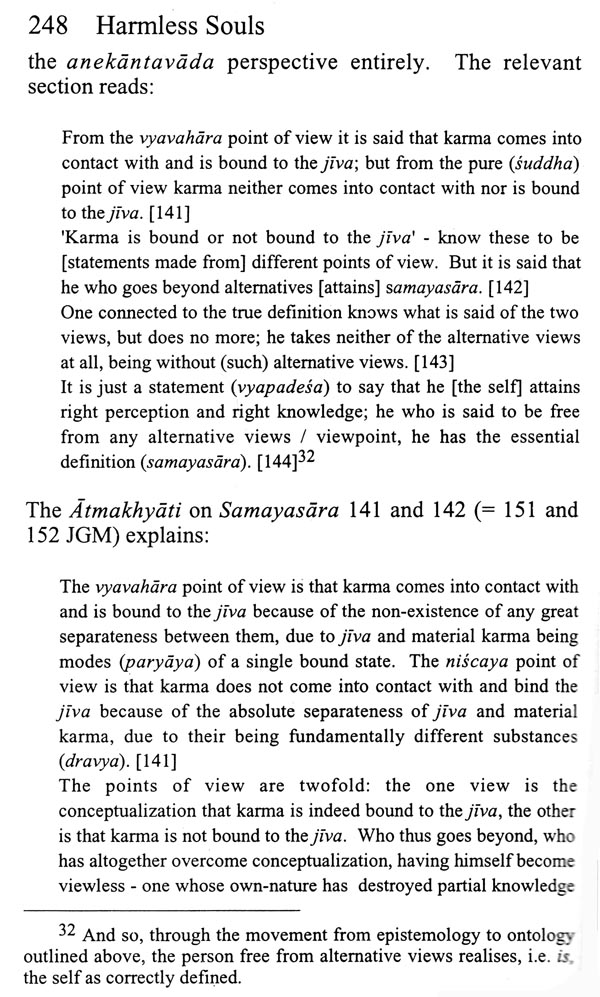



Delivery and Shipping Policy
- INTERNATIONAL SHIPPING
- Rs.1000-1100/kg
- ESTD. Delivery Time: 2-3 weeks (depending on location)
- Bubble Wrapped with Extra Padding
- NATIONAL SHIPPING
- NCR: Rs. 30/half kg
- Standard: Rs. 80/half kg
- Express shipments also available on Request
- ESTD. Delivery Time: Ranging from 1-4 days up to 7 business days (Depending on your choice of Delivery)
- TRACKING
- All orders; national or international, will be provided with a Tracking ID to check the status of their respective orders
- Depending on the Shipping Service, Tracking ID may be used on their respective tracking portals
Frequently Asked Questions (FAQs)
Domestic Shipping: 3-4 Days (after shipping)
International Shipping: 1-2 weeks (based on your location)
You will receive an email once your order has been shipped or you can email us if you didn't receive tracking details (info@mlbd.co.in)
Every book that we sell is the latest edition except all the rare books
Yes, we do provide free shipping, only on domestic orders (within India) above Rs.1500


